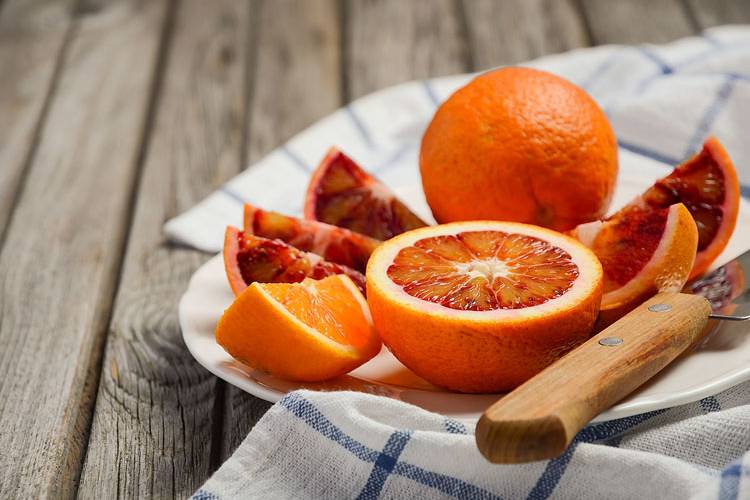Valencia oranges, they’re in season!
The origin of the orange is unclear. Some theories say that the orange tree comes from the south of China and southeast Asia, and others that it comes from the Middle East, and spread to Europe from there. What we know for sure is that oranges have become one of the most emblematic products of Spain. Out of the oranges we produce Valencia oranges stand out, recognised the world over for their unique flavour. In addition, they have a Protected Geographical Indication 'Valencian Citrus' (IGP), guaranteeing their origin and quality.
how to shop
Share

We don’t know their exact origin. What we do know is that they have existed since ancient times, and that the orange of the past was extremely bitter, so it was merely used as an ornament. That was the role they played for many centuries. The sweet orange is the one we’re familiar with today and that’s cultivated in Spain. It was the Arabs who introduced the cultivation of the fruit to the Iberian Peninsula, calling the fruit naranjah. They introduced sweeter and sweeter varieties until reaching the one we consume today. It was in the XVIII century when the first commercial plantations of orange trees for the consumption of the Valencia Community were recorded.
The plant adapted quickly to the Valencia soil, grown in dry fields with the use of wells and irrigation from the Jucar River, aided by the weather conditions and the quality of the ground. The orange is one of the most typical products of Spain, and Spain is one of the ten biggest producers of oranges in the world. A large part of this production takes place in the Community of Valencia.
IGP Certification 'Valencian Citrus'
The Geographical Protected Indication IGP 'Valencian Citrus' certifies citrus fruits (oranges, mandarins and lemons)they are grown in the Valencian Community and meet all the requirements of origin and quality required by its Regulatory Council.
Valencia Oranges
Valencia oranges are picked when the fruit looks a certain way, has the right juice content and has reached maturity so that the consumer can enjoy a healthy fruit of the highest quality. They are harvested at different times depending on their variety. From the end of October until well into spring we can enjoy Valencia oranges.

Main Varieties of Valencia Oranges
Oranges are grouped together into three main varieties: the ‘Naval’ group which is characterised by its belly button and is eaten fresh, the ‘Blanca’ group which is widely used in the juice industry, and the ‘Blood’ group distinguished by their red colour both in their pulp and their peel.
- Navelina
Originally from California, this didn’t arrive inSpain until 1933. It is medium-sized and round or slightly oval, has no seedsand extremely juicy pulp. The skin is an intense orange colour.
- Navelate
Originally from Spain. The orange is medium sized. Thejuice of this orange is lightly acidic. This is the latest variety of orangethat is cultivated in Valencia. Its harvest starts in April, and the fruit canstay on the tree until July still preserving its juice.
- Salustiana
This originated from a spontaneous mutation of another variety at the end of the 40s in Valencia. It is the second most cultivated variety in the ‘Blanca’ group in Spain, and takes up 6% of the land dedicated to orange cultivation in Spain.
- Valencia Late
Despite its name, this orange has nothing to dowith Valencia. It became known for the first time on the Azores Islands at theend of the past century. From there it was taken to Florida and then toCalifornia by the English, and finally imported to Spain. This orange ismedium-sized. The juice of this orange has a nice scent and is lightly acidic.
- Naranja Sanguina
Its characteristic red colour is thanks to thesynthesis of red pigments in the pulp and sometimes in the skin. This processonly occurs if there are low temperatures at night. Its juice has a specialflavour that reminds us of cherries or raspberries. These varieties of orangesare only cultivated in the Mediterranean region.
Benefits of Oranges
- Provide a large quantity of vitamin C that protects cells from oxidative damage, helps to decrease tiredness and fatigue and improves the absorption of iron.
- More than 85% of their composition is water, which is why eating them helps with hydration.
- They have a high fibre content, which aids intestinal transit.






